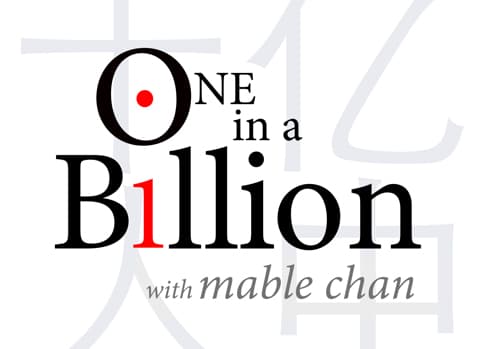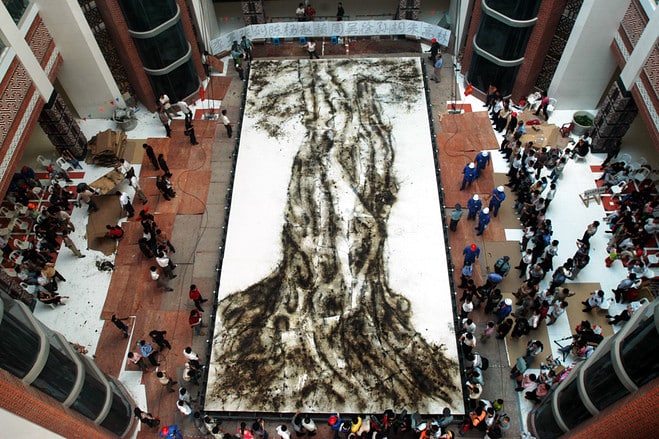In an interview with PBS, American art critic Barbara Pollack called it “unimaginable” the level at which the most well-known contemporary Chinese artists live. She stressed that even the richest artists in the West don’t live the way the Chinese artists do.
Those Chinese artists include Zhan Wang, who owns a studio that spreads out into a factory complex and who hires 100 assistants in Beijing, and auction star Zeng Fanzhi, who drives either in his Mercedes Benz or his Ferrari, having Puccini on his sound system in his 3,000 sq. ft. studio.
Similar first-person accounts are seen in Pollack’s The Wild, Wild East, a book that documents her personal attachment to the Chinese art scene since her first visit to China in 2004. The book is amusingly written, with sought-after insider stories (arguing with a controversial Chinese male artist about whether she or he stripped nude at Art Basel Miami, for example), as well as intimate depictions of behind-the-scene characters who have influenced the prosperity of China’s art market.
Pollack must be thanked for her relatively detailed chronological narrative, which serves a reliable record of the internalization of Chinese contemporary art. Her conversations with people including Zhang Xiaoming, Colin Chinnery and Pearl Lam, among many others, offer pleasurable peeks into the minds of insiders about the tension between artistic expression and political repression, correlation between the artwork’s soaring economic value and the rising economic power of China. Perhaps most importantly, she raised the question of whether the current art market in China is a bubble, and how that reflects Chinese government’s position on controlling or repressing artists through rules and regulations.
Despite the genuineness that radiates from the book, it is disappointing that as an experienced arts journalist, Pollack almost mentioned nothing about the cultural and historical aspects that crowned artwork by Chinese artists such as Yue Minjun and Fang Lijun to be the hottest on the international art market.
The term “Cynical Realist,” which refers to Chinese artists who take up arms against the collective mindset that prevailed during the Cultural Revolution, is mentioned over 11 times in the book. However, Pollack’s sketchy reference to the Cultural Revolution is far from enough for readers unfamiliar with Chinese history to understand the societal value of the artwork. Even worse, without proper historical reference, her account of those “cynical realists” (as well as others) being in high demand overemphasizes the economic value of the artwork while overlooks the psychological trauma shared by those Chinese artists, which ultimately gives rise to these artwork.
While I believe Pollack must have acknowledged these cultural and historical references outside of this book, I think the lack of personal insight left readers out in the cold. And I’d personally appreciate the book much more if she had done so given her serious dedication to and expertise in reporting on the contemporary art scene in China.
All in all, the book is a good read for anyone who wants to get an introduction to the scenesters (a scenester is someone who’s associated in a particular cultural scene, film, music, etc.) in the world of Chinese contemporary art; and it definitely lives up to its subtitle – “An American art critic’s adventures in China.”
To truly understand what makes Chinese contemporary art meaningful, you may turn to other books that have a stronger emphasis on Chinese history from the 1960s.


